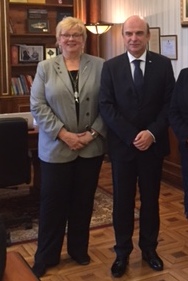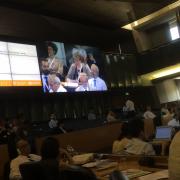

Before 123 Member States of the Codex Alimentarius, and within the framework of relations between the Codex Alimentarius Commission and other international organisations, Monika Christmann emphasised that the OIV was participating in several Codex projects under way and that it was actively involved, particularly in discussions concerning the provisions relative to food additives that appear in the General Standard for Food Additives (GSFA). She insisted on the need to ensure consistency between the GSFA provisions on food additives used for grape wines and OIV recommendations. Furthermore, she declared that the OIV was looking to collaborate closely with the Codex, as well as with the Joint FAO/WHO Expert Committee on Food Additives (JECFA), in order to avoid the duplication of work and the establishment of divergent international standards – given that a number of references to Codex standards have already been included in OIV documents.
Monika Christmann also signalled that the OIV was continuing its active collaboration with the FAO for the purposes of developing global statistics on the vitivinicultural sector.
The OIV President concluded that it was necessary to pursue cooperation and coordination with regard to activities of common interest to the OIV and the Codex.
Download the document concerning the OIV communication [FR] [EN]
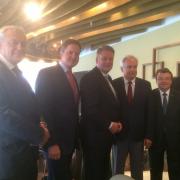
During a meeting with the Minister in the presence of Christian Jaborek and a number of senior Ministry officials, Jean-Marie Aurand praised the quality of relations between the Austrian authorities and the OIV and was delighted with their significant involvement at all levels.
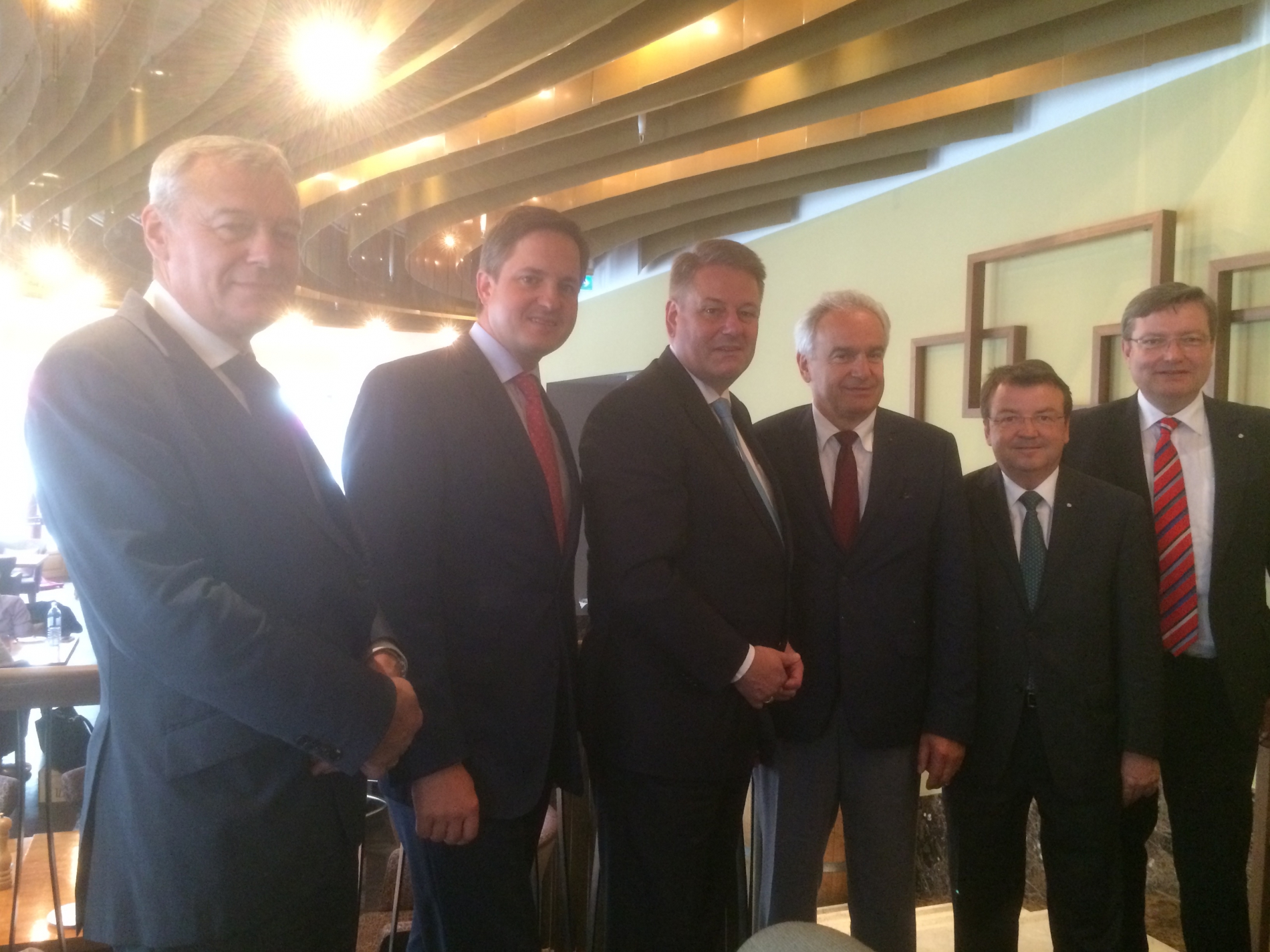
The Minister, emphasising the importance that his country attaches to the Organisation, confirmed his desire to maintain the active presence of his country in the different working structures.
The possibility of organising a presentation of Austrian wines at the OIV in 2017 was envisaged.
The visit led to a meeting with President Johannes Schmuckenschlager and Managing Director Josef Glatt of the Austrian Winegrowers' Association, as well as with the Managing Director of the Wine Marketing Board, Willi Klinger.
The Director General was also hosted at the Federal College and Research Institute by its Director Reinhard Eder, who is also an OIV expert. Founded in 1980, the Institute plays a training role while also carrying out applied research in various vitiviniculture-related fields. Several researchers at the Institute participate in the work of the OIV.
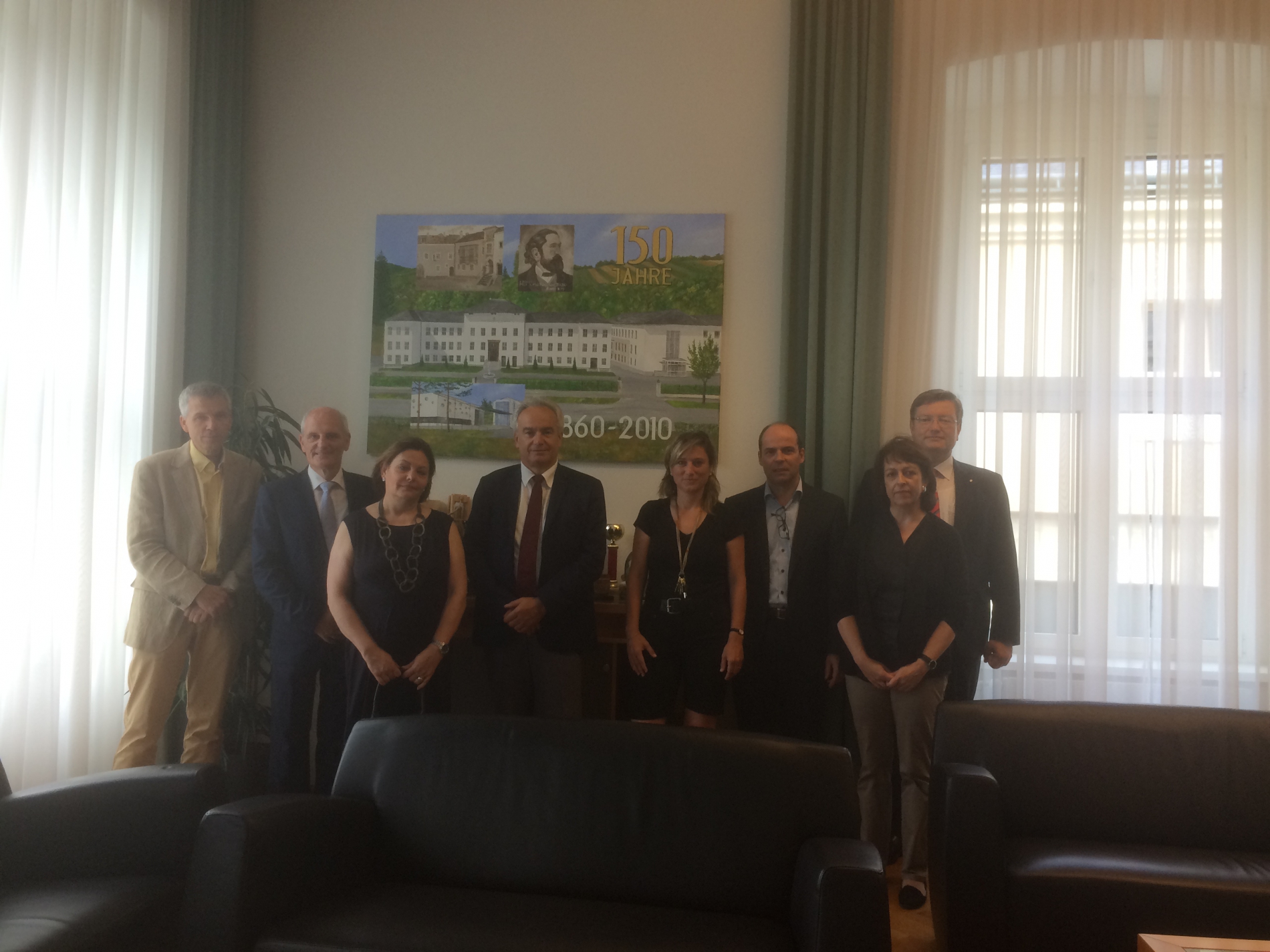
Finally, Jean-Marie Aurand visited a number of vineyards.
Concentrated in the eastern part of the country, Austrian viticulture comprises nearly 25,000 estates, which produce 2.3 Mhl of wine per year.
Austria has a long vitivinicultural tradition: vines have been grown there for thousands of years. Vinification, essentially of white wine (2/3 of production), emphasises traditional vine varieties such as Grüner Veltliner, an emblematic variety.
Over recent years, Austrian viticulture has taken a remarkable leap forward thanks to major investment in quality. Winegrowers have used their strong talents to successfully reconcile tradition and modernity, which explains their success.
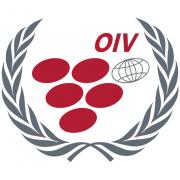
NEW for 2017:
In addition to entries for works in paper and e-book format, interactive digital tools are accepted in the first 5 categories:
1-Viticulture,
2-Oenology,
3-Vitivinicultural Economy and Law,
4-History, Literature and Fine arts,
5-Wine and Health.
Please note: journals and promotional and commercial documents are not accepted.
A work (whether it has already won the award or not) may not be presented to the Award Jury for a second time.
See details of the entries in the document "OIV Awards and Award Jury".

The Professor dedicated his professional life to oenology.
He served as Director of the Institute of Vine and Wine Sciences (ISVV) in Bordeaux (France). He was also the author of over 200 national and international works, publications and communications of a scientific and technical nature, and co-produced a Traité d'œnologie (Handbook of Enology), published by Dunod – which is a major reference today.
Professor Dubourdieu was considered one of the top experts in winemaking and the maturing of white wines, and he will remain one of the greatest specialists in the science of wine and winemaking in the world.
His passing is a great loss for the global vitivinicultural sector.
The OIV pays tribute to the memory of this great oenologist and would like to extend its deepest sympathies to his family and friends.

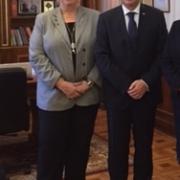
At this meeting, the Minister confirmed his intention to the President, expressed in January in Berlin during Green Week, to submit the candidacy of his country to the OIV.
